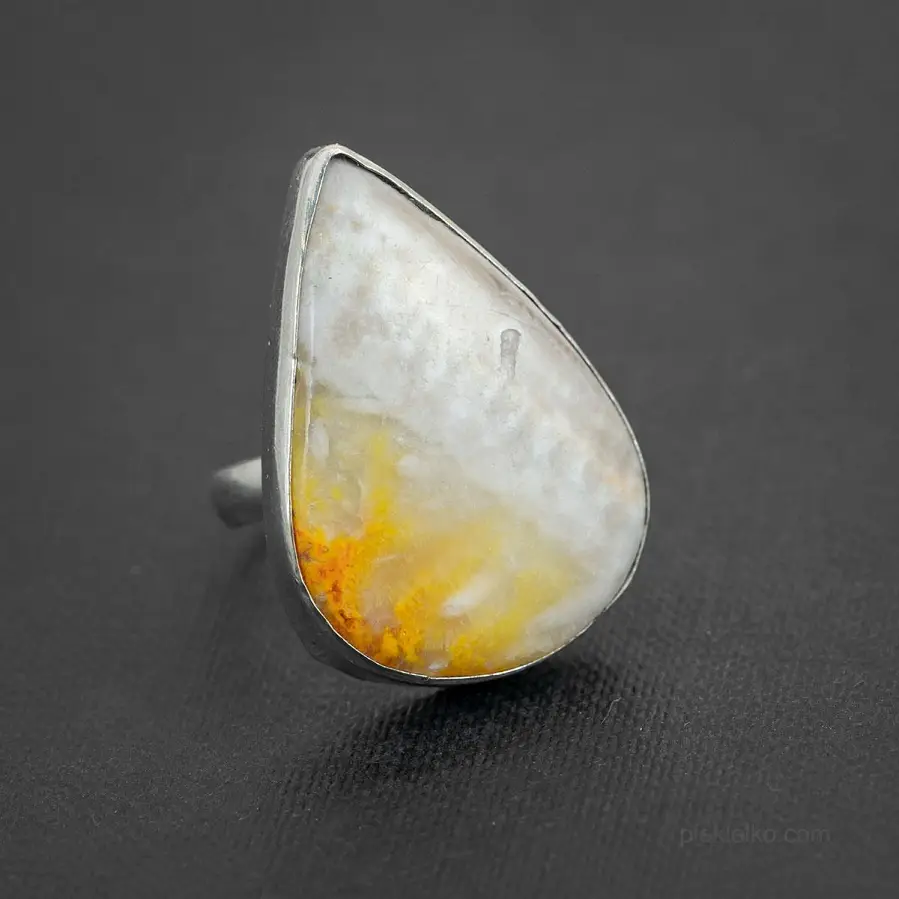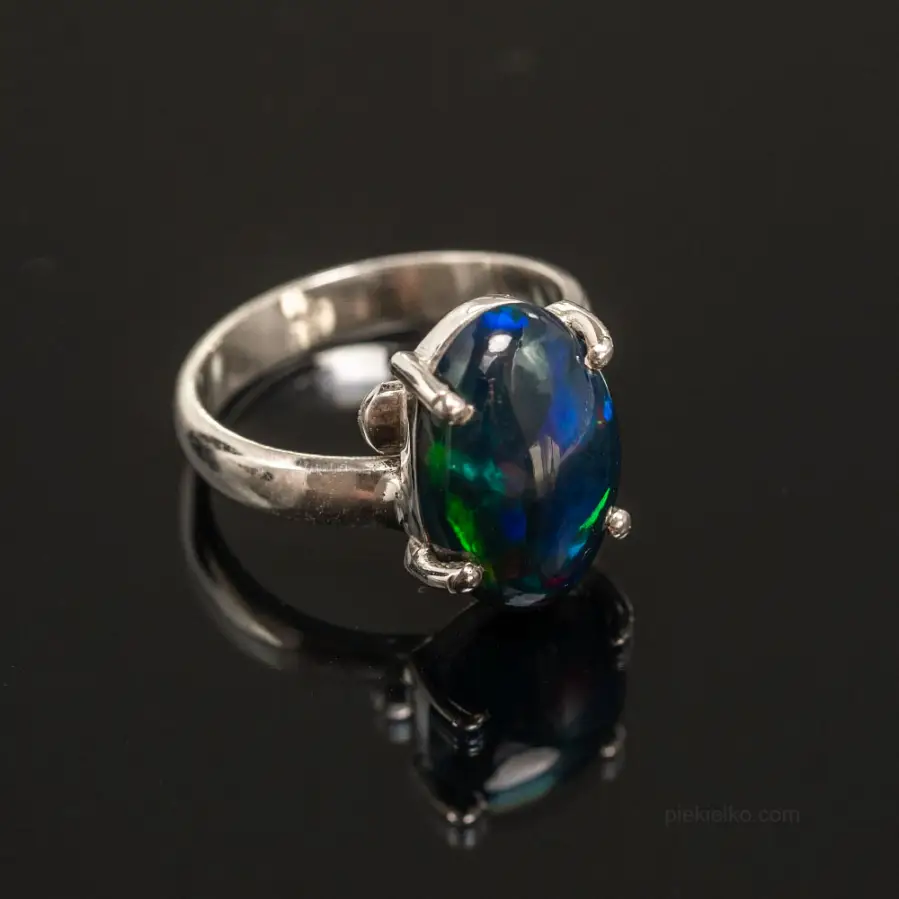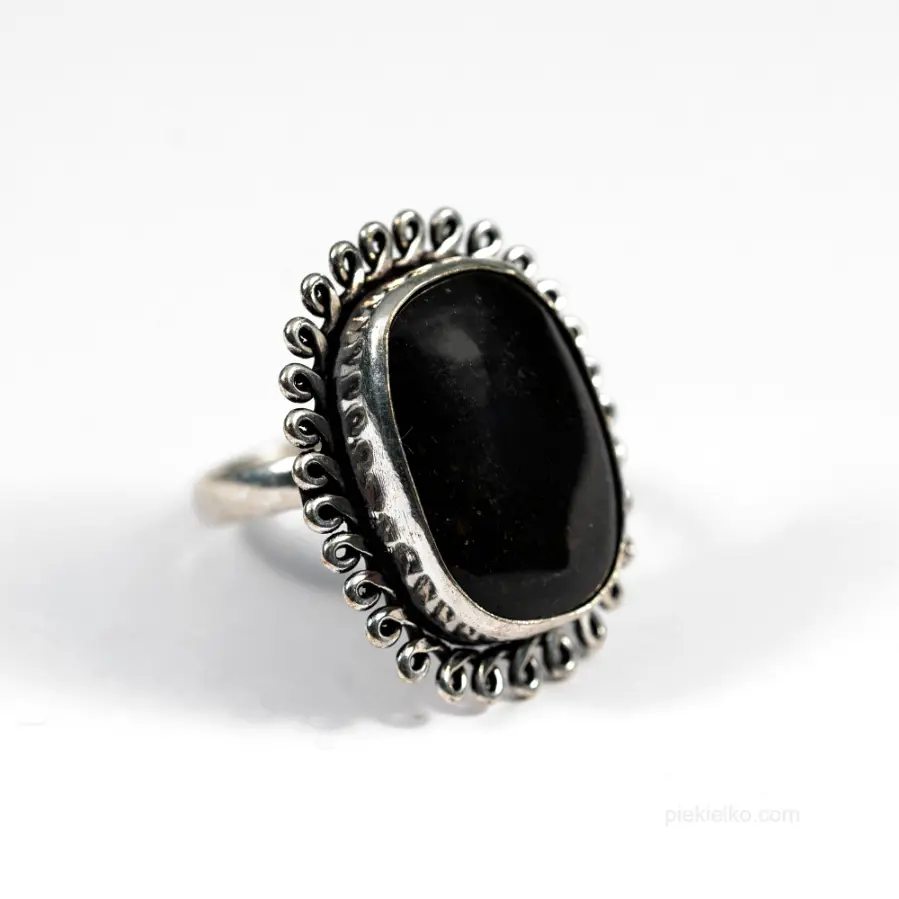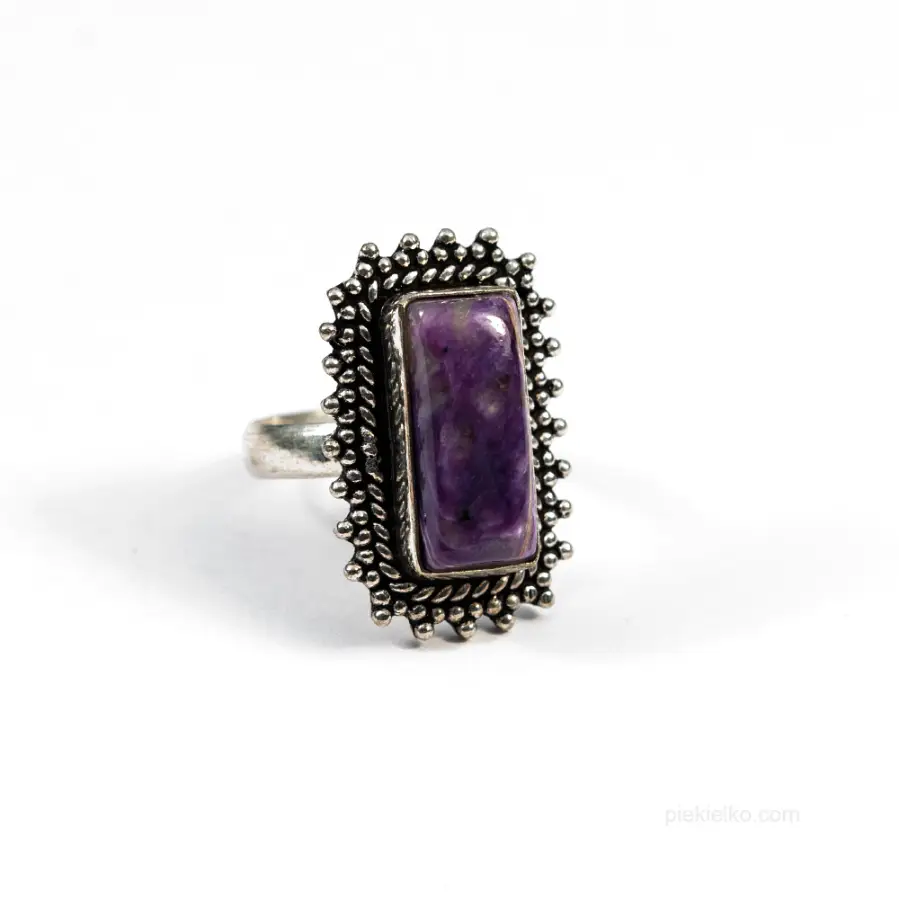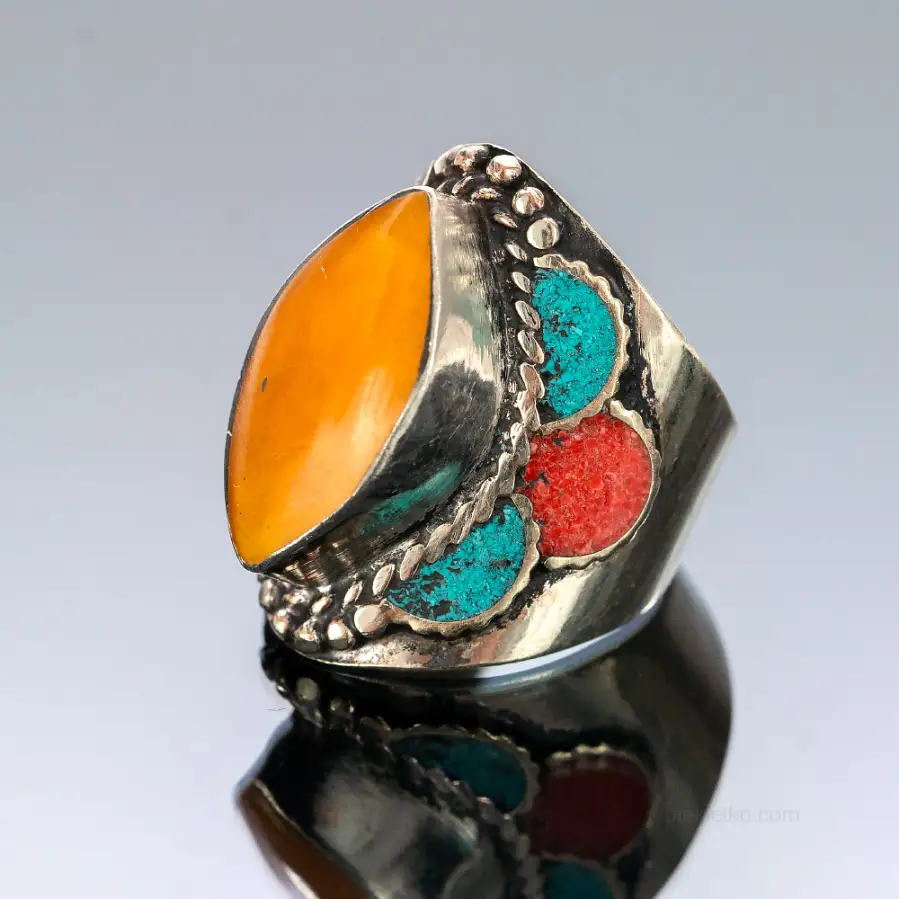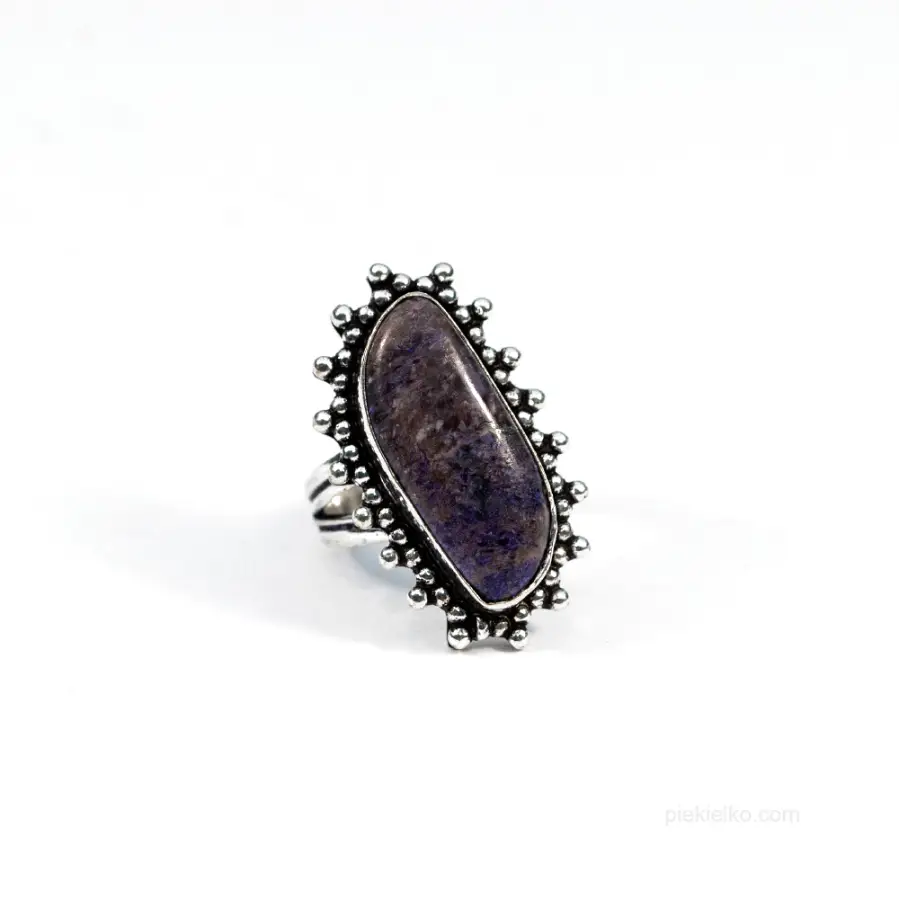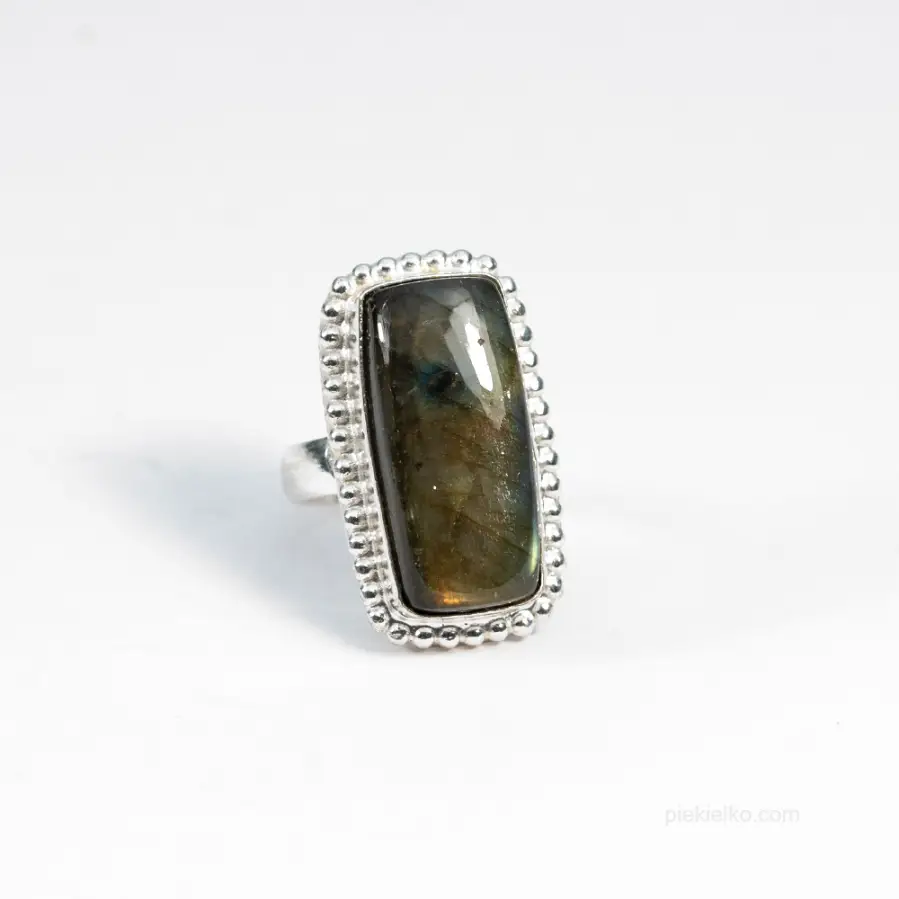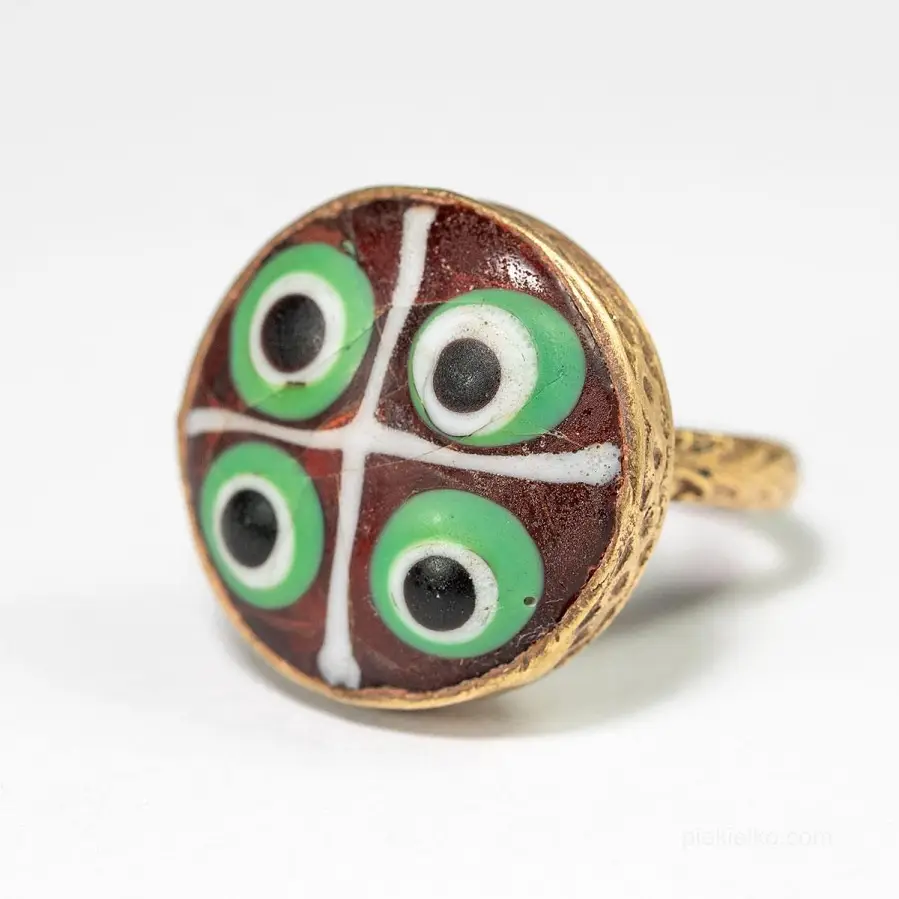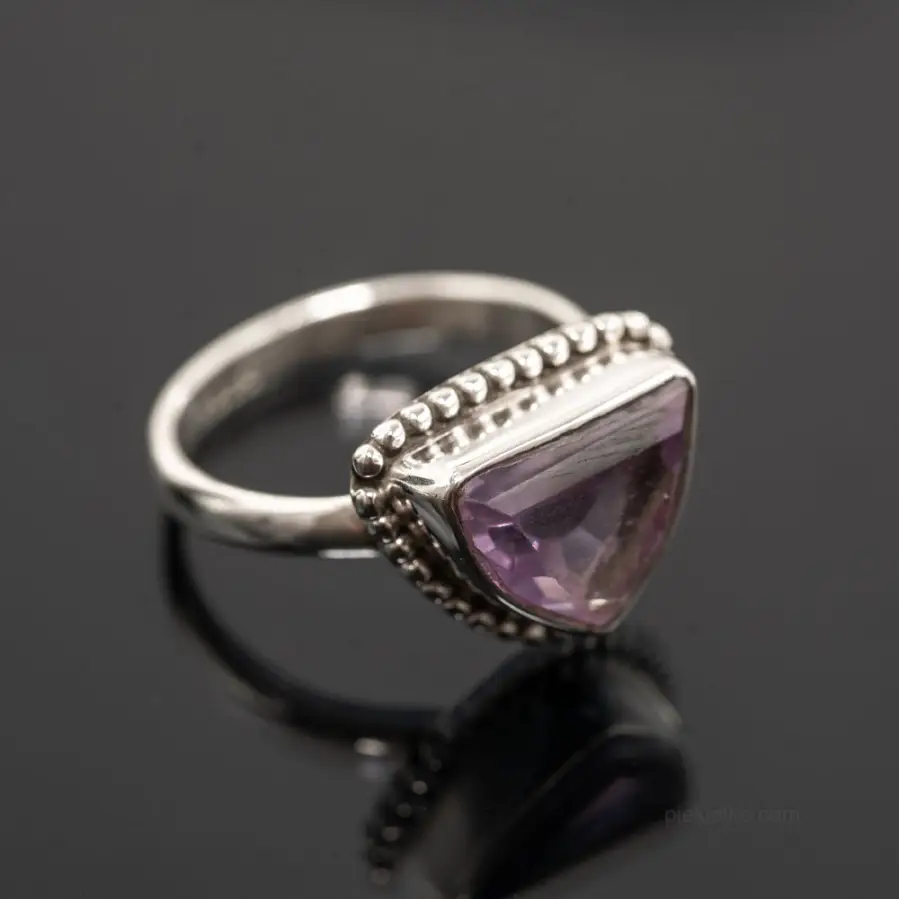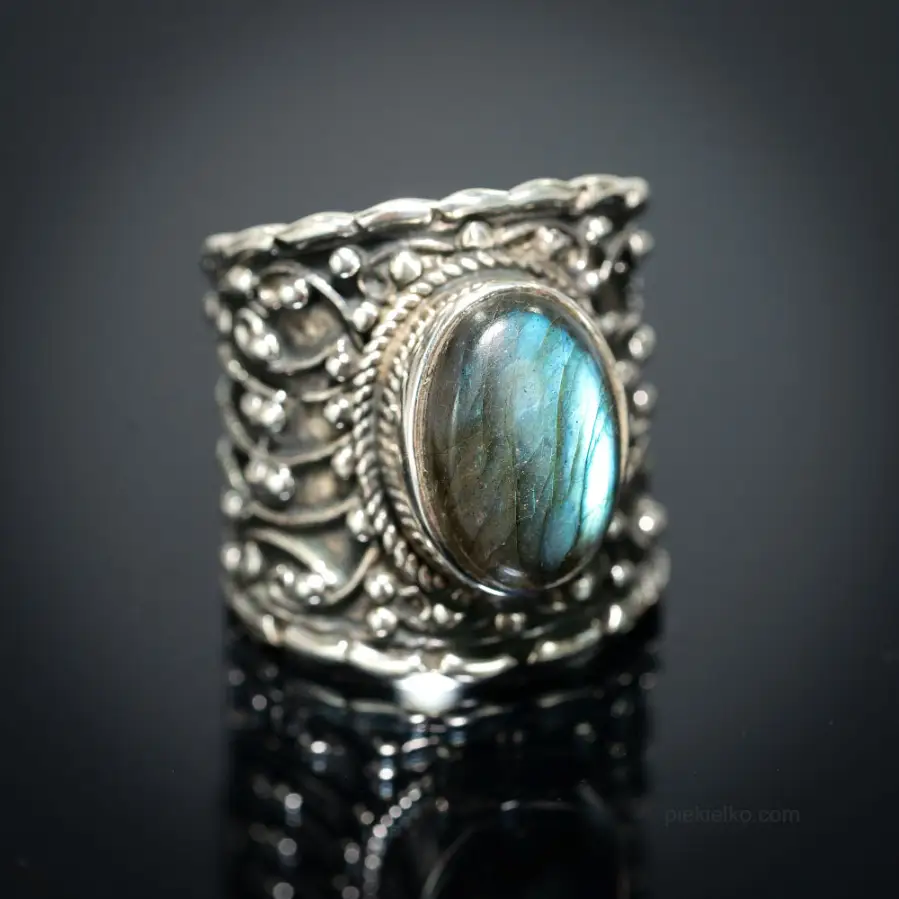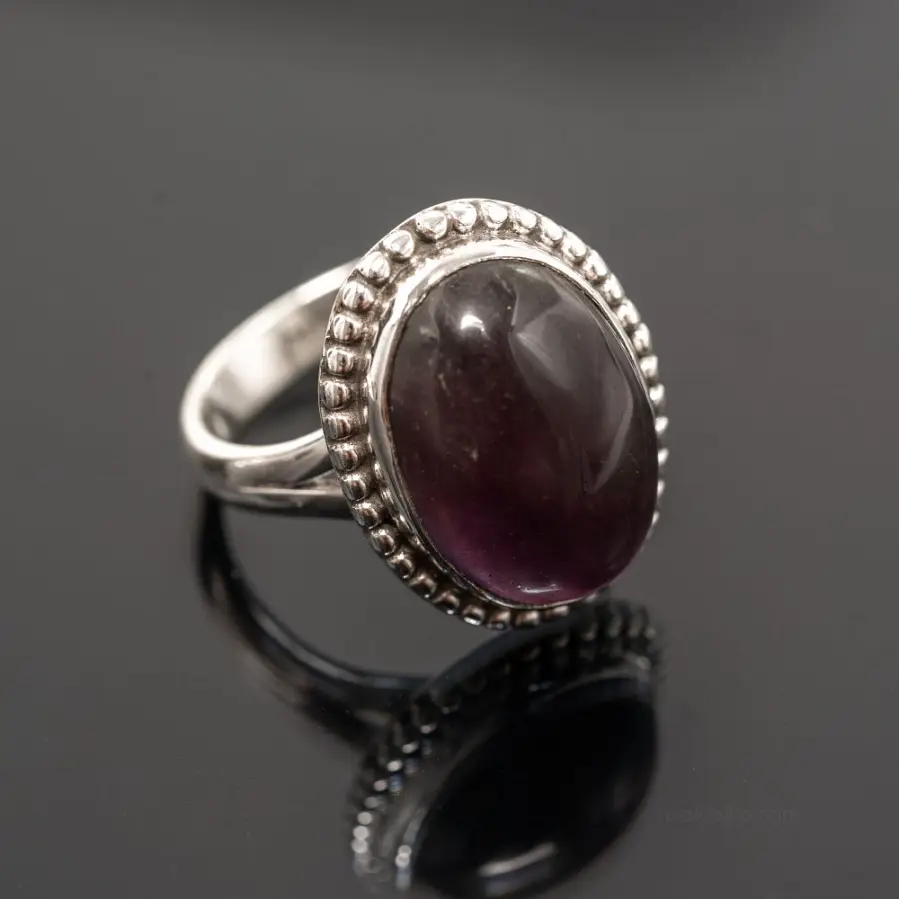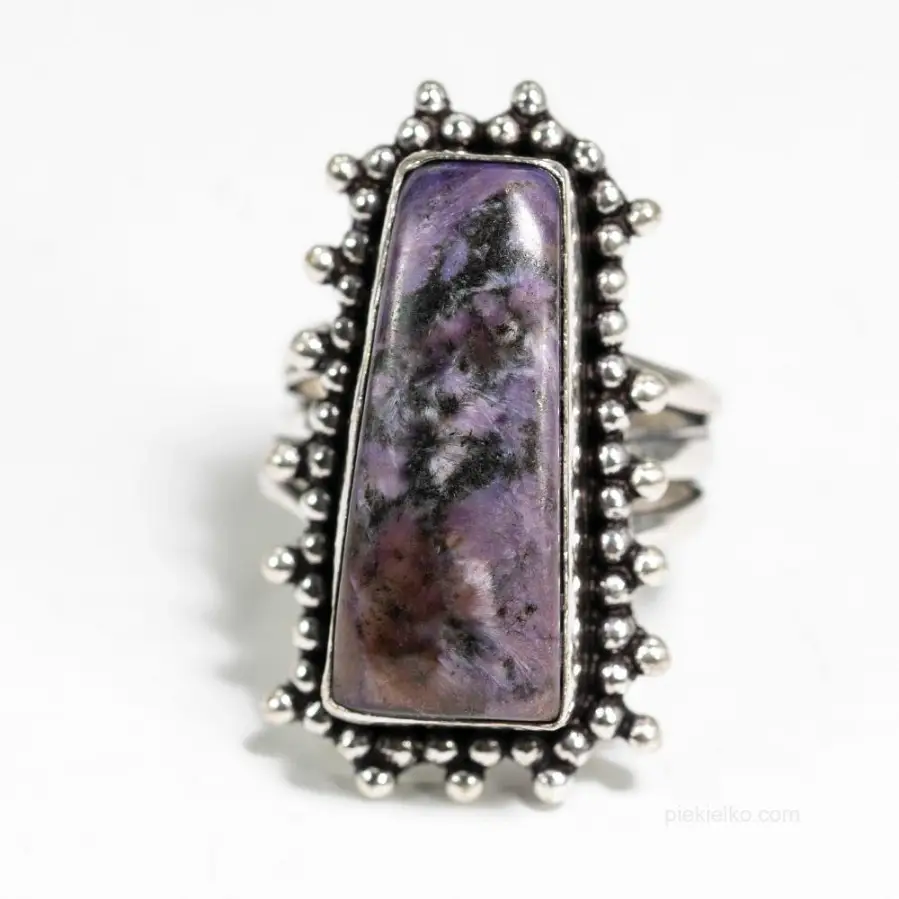Islamic art - dance and theater

In the case of Islam - a foreign and geographically distant culture - for most of our society the only source of information is the media. They are the ones that shape people's consciousness and even create reality to some extent. The persuasive power of television, the press, or the Internet is so great that the mere fact that an event is shown or described is, for many people, proof of its truthfulness.
And the truth is that Islamic fundamentalists make up 5-8% of Muslims, and only 3-10% of them become terrorists. It follows that only 0.15% to 0.8% of the total population poses a real threat. The unfortunate thing is that the extremely negative characteristics of this small group of people project an evaluation of the entire Muslim community. In keeping with historical truth, one must also remember that for centuries, it was Islam that had reason to fear Europe. What an irony: once it was the Crusaders who were threatening invaders for Muslims ready to die in the name of their religion, and then for several centuries Muslim countries were European colonies.
Art rather inappropriate
In the rich literature of Islamic nations, relatively little space has been devoted to such arts as dance and theater. This is most likely due to the suspicions of some Muslim scholars about the appropriateness of dance and theater. What is at stake here is primarily a theological approach to the image of man and the danger of idolatry associated with it. Not surprisingly, dance and theater have traditionally been considered acceptable but with a great deal of caution.
Unfortunately, there are no documents known to us today about either dance or theater of pre-Islamic Arabia, although these concepts were undoubtedly familiar to the nomadic tribes there. It is accepted to believe that Islamic nations, by their own choice, developed these particular arts less than, for example, music or architecture. It should also be noted that the cool attitude of medieval Islam toward dance and theater was not without influence from the truly hermitic lifestyle of women. They could hardly be expected to play any significant role in dances, except in private and closed events. Nevertheless, there was a living tradition of folk dances in most Muslim countries. This type of art was highly developed in Persia, for example, and in Turkey, too, the old tradition of ritual dances of Sufi dervishes has survived to this day. The latter treat dance as a manifestation of mystical ecstasy rather than as an entertainment or aesthetic experience.
Marionettes certainly not alive
Theater in Islam also did not reach a particular level of development, although it existed in the form of popular entertainment (especially pantomime and shadow puppet theater). Nevertheless, theater with live actors received support from the Ottoman Empire in Turkey. The tradition of folk drama with human actors was highly developed in Persia. Beyond these two examples, testimony of theatrical traditions in Islam is very scarce. The Persians' and Turks' neighbors had virtually no developed theater. Islamic disapproval of idolatry was so strong that when shadow theater developed in the East in the late Middle Ages, holes were regularly cut in marionettes to show that they were not alive.
Popular theater, which often incorporated dance into performances, developed independently in some Muslim countries beginning in the 17th century. By the 19th century, the influence of the theatrical traditions of Western Europe and, later, the United States was already making itself felt. These factors provided the impetus for the development of artistic theater in the 19th-20th centuries. It must be said that conservative Muslims have invariably spoken out against theater; for example, there is not a single national theater in Saudi Arabia.
Initially, in dances and theatrical performances in Muslim countries, female roles were played exclusively by Christians and Jews, and it was only in the 20th century that Muslim women began to appear on stage as well.
Dancing - an activity for the low-born
The Turks considered dancing an occupation unworthy of the nobly born, and as a result, most dancers were representatives of national minorities - mainly Greeks, Jews and Armenians. This approach to the art of dancing survived in most Muslim societies until the 19th-20th centuries. As late as the 19th century in Egypt, male and female dancers were considered lightly led. Female dancers, as a rule, were treated little better than prostitutes. The erotic element in dance focused mainly on belly dancing, which became the leading form in Turkey and Arab countries.
Pantomime in folk dances eventually merged with comedy in Sunni countries and with tragedy in countries of the Shiite branch of Islam. Nonetheless, by the end of the 20th century, theater had begun to increasingly break away from dance, with most productions resembling European models.
Iran's unique tradition of dance
In pre-Islamic times, dance was both an art form and a popular pastime in Persia. Numerous images of dancers on miniatures, ceramics, frescoes and coins have survived. After the advent of Islam, some of the old dances were partially preserved in tribal dances, but given the restrictions on women, this type of art became a monopoly of men. Women were only allowed to dance in a private circle, such as a harem.
Iran remains perhaps the only Muslim country where the tradition of dance is considered a type of art. When the revival of the arts began after World War II, folk dances began to be supported, as well as adapted for the national ballet. The clergy's lack of a clear position on the status of artistic dance led to dance always being treated as a complement to music.
Although there are many detailed treatises on Islamic music, not a single one addresses the subject of dance....
- Created on .
- Last updated on .
- Hits: 9083




